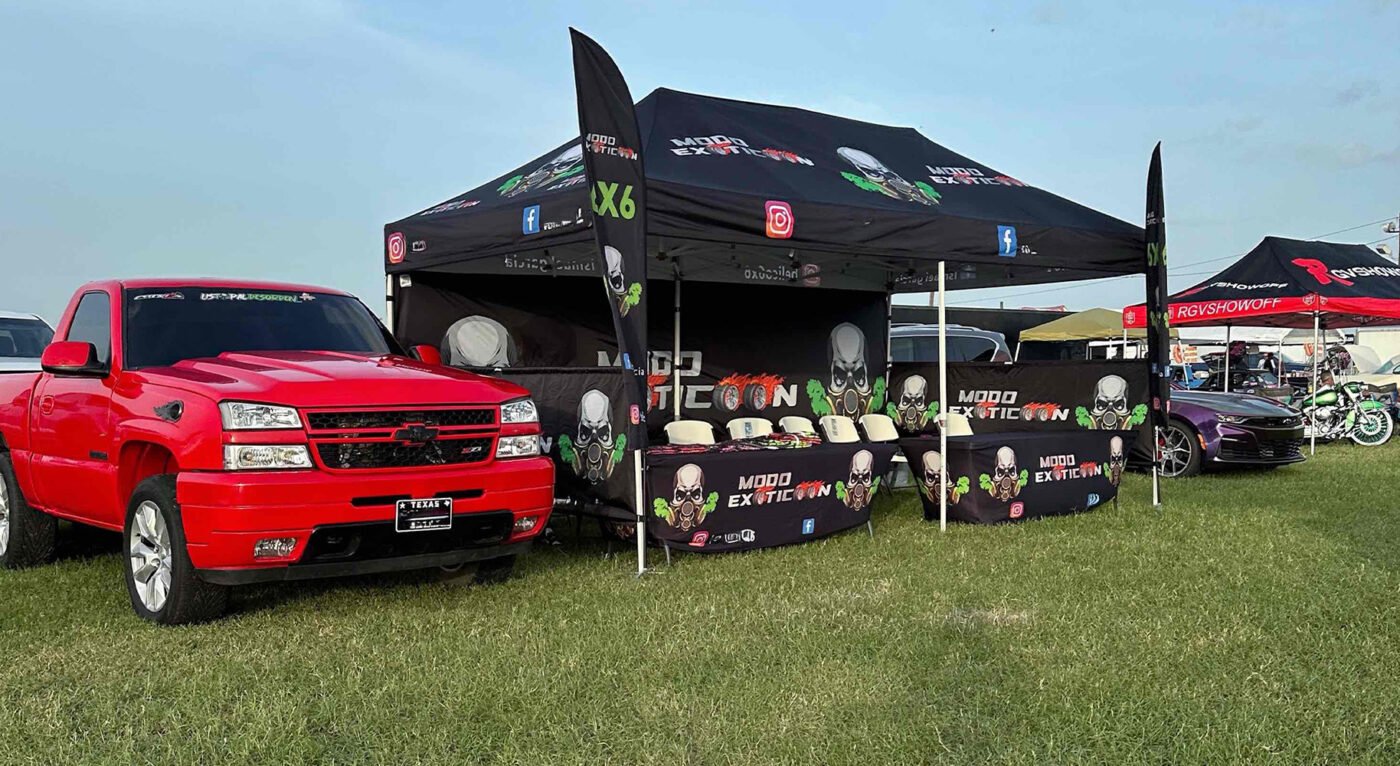Knowledge
How to Print Your Logo on a Canopy Tent?
Printing your logo on a canopy tent is an excellent way to enhance your brand visibility during events, trade shows, or outdoor activities. Whether you’re a business looking to attract customers or an organization aiming to boost recognition, a well-printed canopy tent can serve as a powerful marketing tool. This guide will explore the different methods available for adding your logo to a canopy tent, along with some crucial considerations to ensure the best results.
Professional Printing Methods
1. Dye-Sublimation Printing
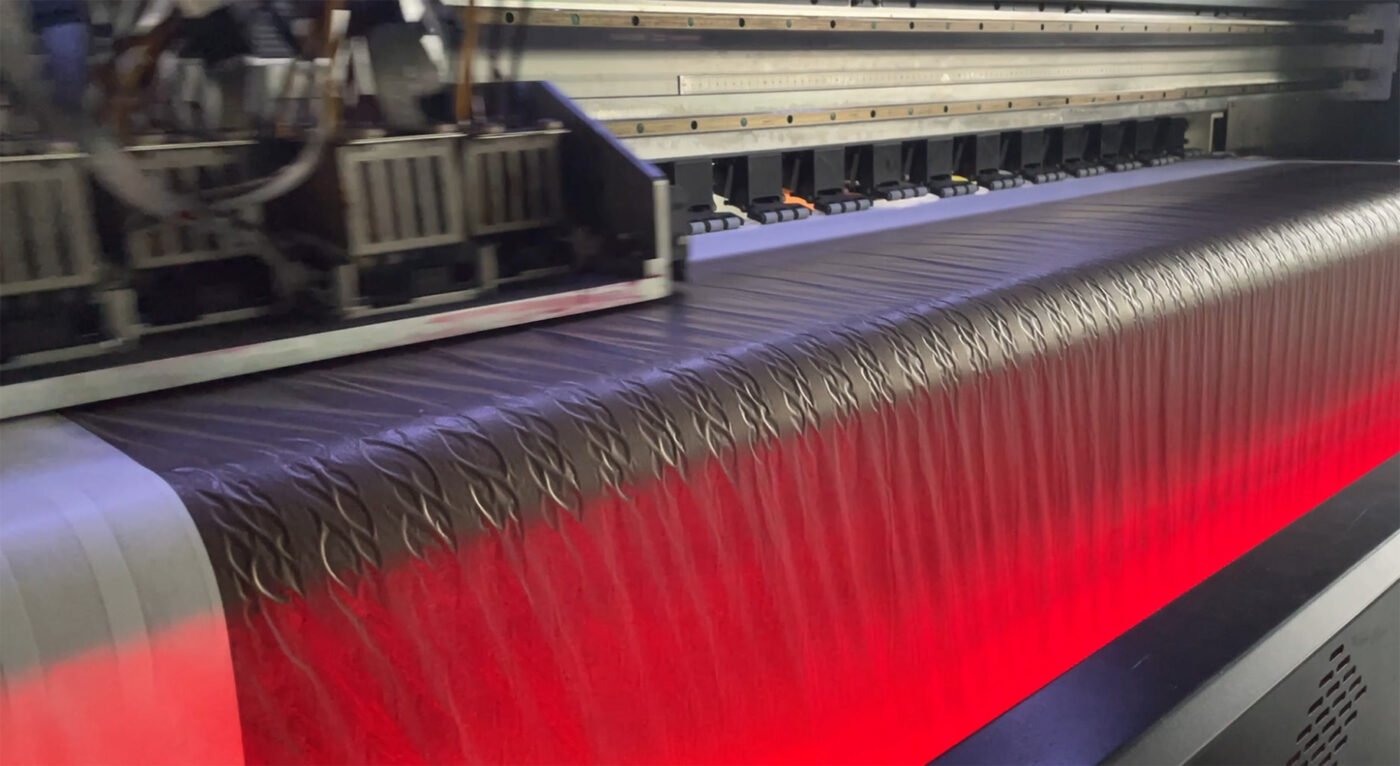
Dye-sublimation printing is a popular method for printing logos on canopy tents due to its ability to produce vibrant colors and detailed designs. This technique involves printing your logo onto a special transfer paper, which is then applied to the fabric using heat. The heat turns the dye into gas, allowing it to penetrate the fabric fibers and create a permanent bond.
Advantages:
- Vibrant Colors: Dye-sublimation offers a wide color gamut, making it ideal for full-color logos and complex graphics.
- Durability: The logo becomes part of the fabric, ensuring it does not crack or peel over time.
- Detail: This method is perfect for intricate designs and gradients.
Considerations:
- Suitable for polyester fabrics, which are common in canopy tents.
- Ensure your artwork is high resolution for the best outcome.
2. Screen Printing
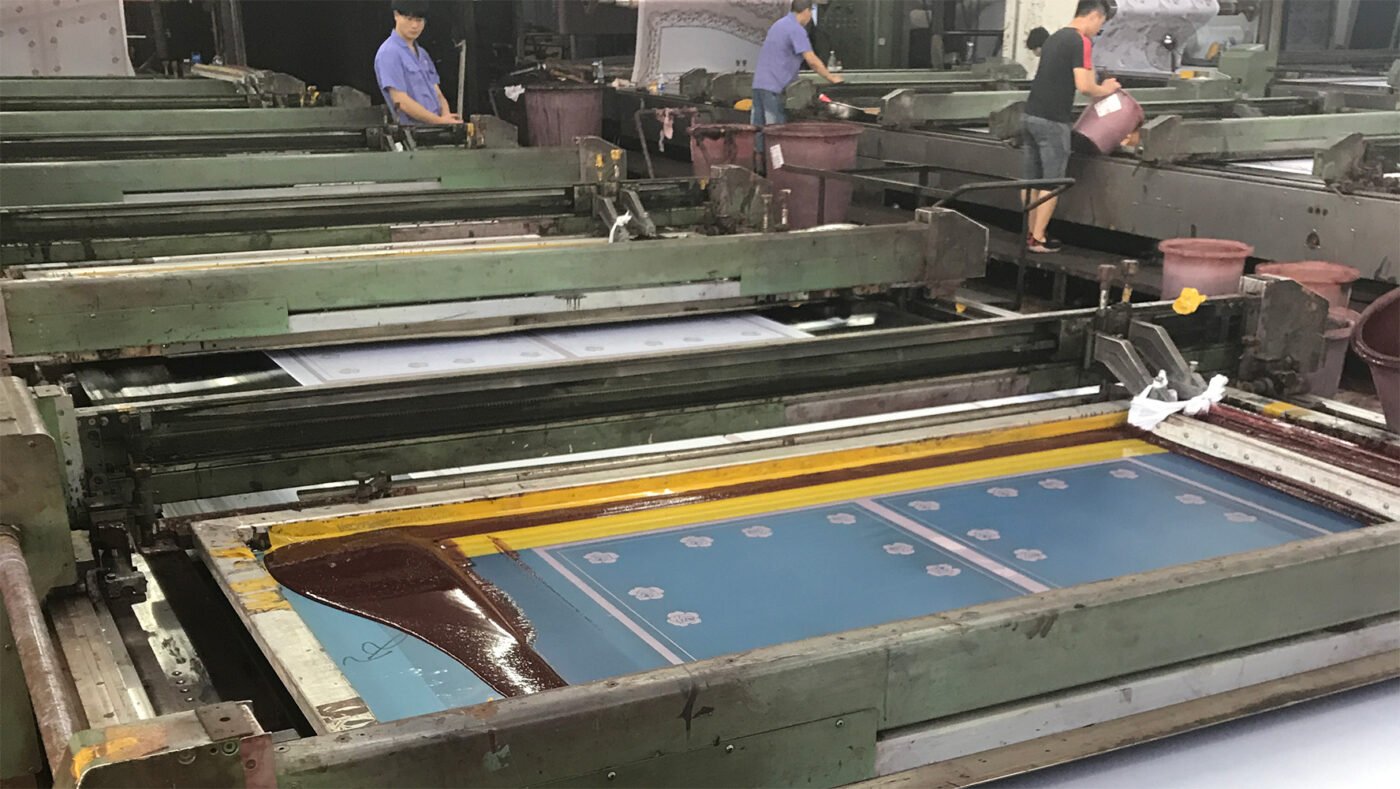
Screen printing is a traditional and widely used method where ink is pushed through a stencil (screen) onto the fabric. This method is particularly effective for simpler designs with fewer colors.
Advantages:
- Durability: Screen-printed logos can withstand outdoor conditions, making them ideal for events.
- Cost-Effective: Great for bulk orders with simple designs.
- Special Effects: Unique inks, such as reflective or glow-in-the-dark, can be used to make your tent stand out.
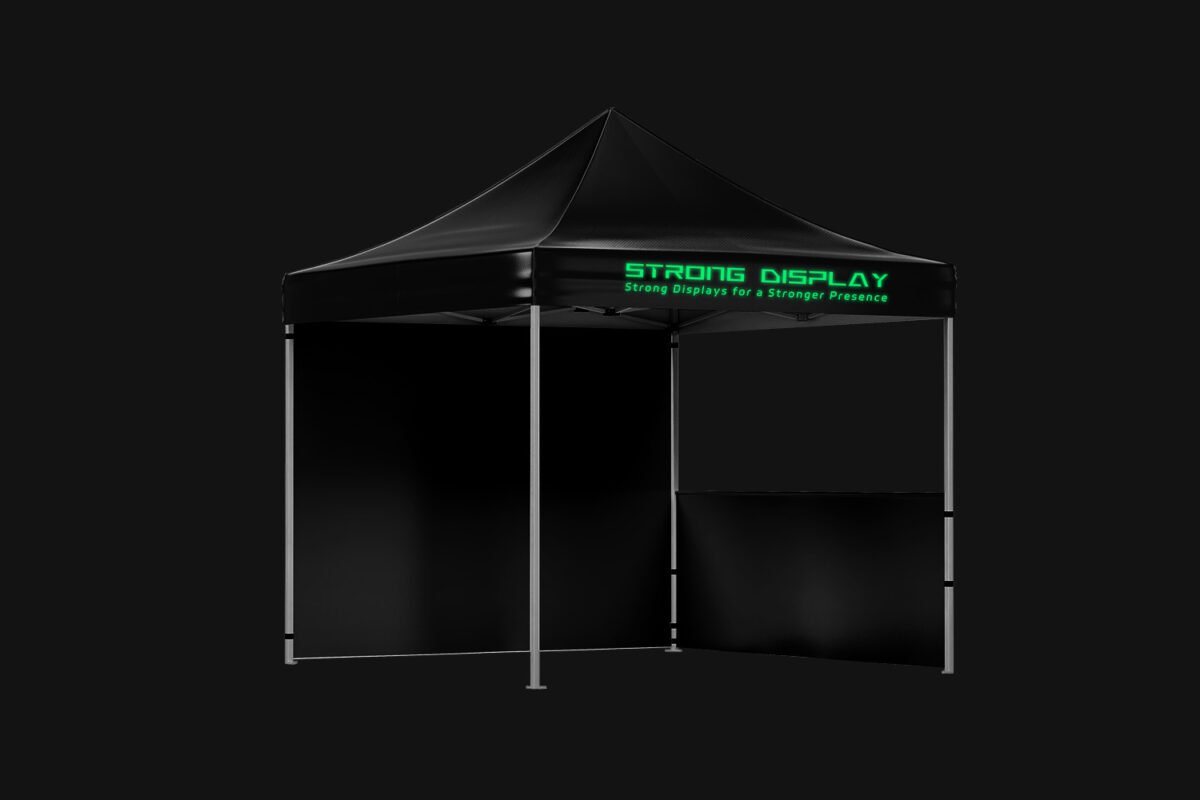
Considerations:
- Works best with vector files to create crisp, clear stencils.
- Each color requires a separate screen, which can increase costs for multi-color designs.
3. Vinyl Printing
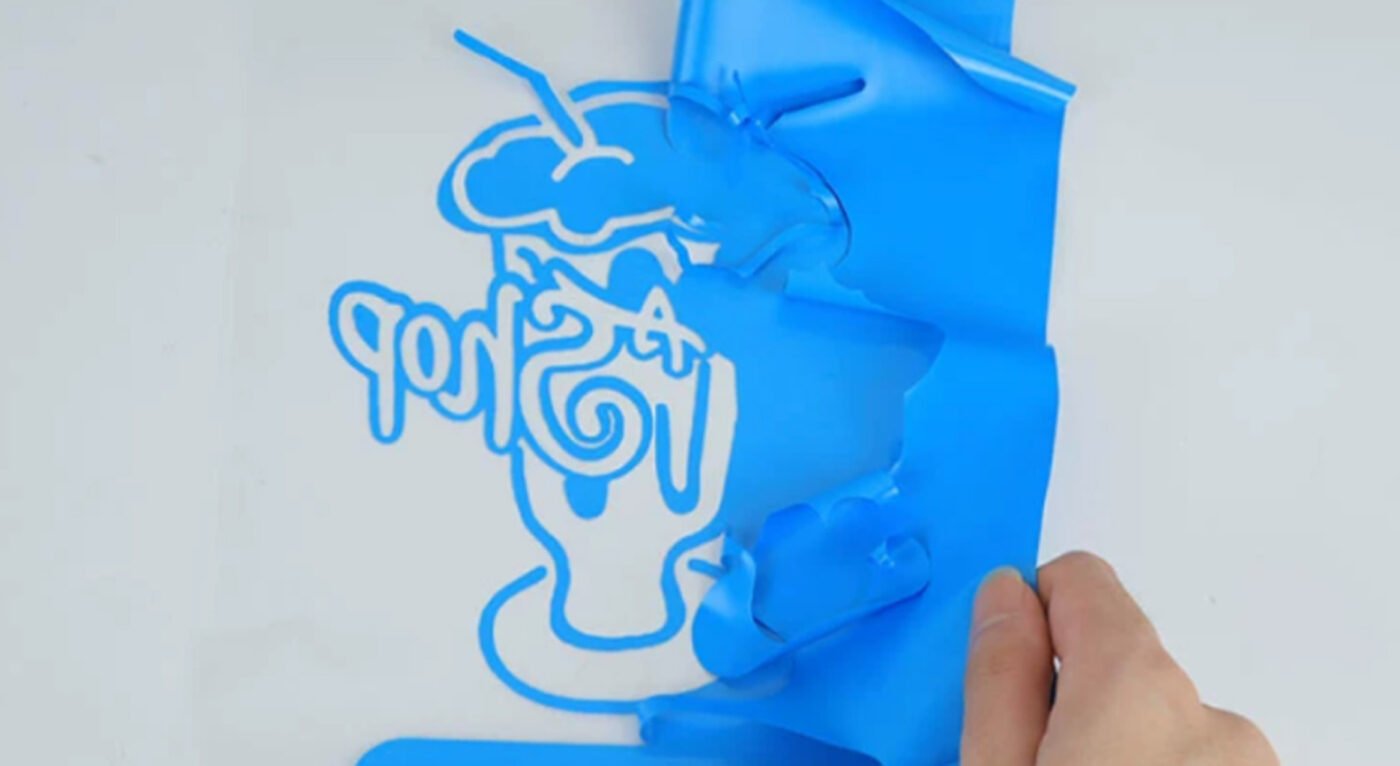
Vinyl printing involves cutting your logo out of a vinyl sheet and applying it to the tent. This method is suitable for logos that consist of solid colors.
Advantages:
- Durability: Properly applied vinyl logos are highly durable.
- Versatility: Can be applied to various parts of the tent.
- Ease of Use: Ideal for DIY applications.
Considerations:
- Ensure the vinyl is high quality to avoid peeling.
- Suitable for simple, bold designs.
4. Heat-Press Decals
Heat-press decals are an excellent choice for adding extra logos to an existing canopy. This method involves using a heat press or an iron to transfer the decal onto the tent fabric.
Advantages:
- DIY-Friendly: Simple and convenient for adding logos yourself.
- Flexible: Good for smaller, supplementary logos.
Considerations:
- Not as durable as other methods, with potential for cracking or peeling after exposure to rain and sunlight.
- Best used for temporary or short-term applications.
5. UV Printing
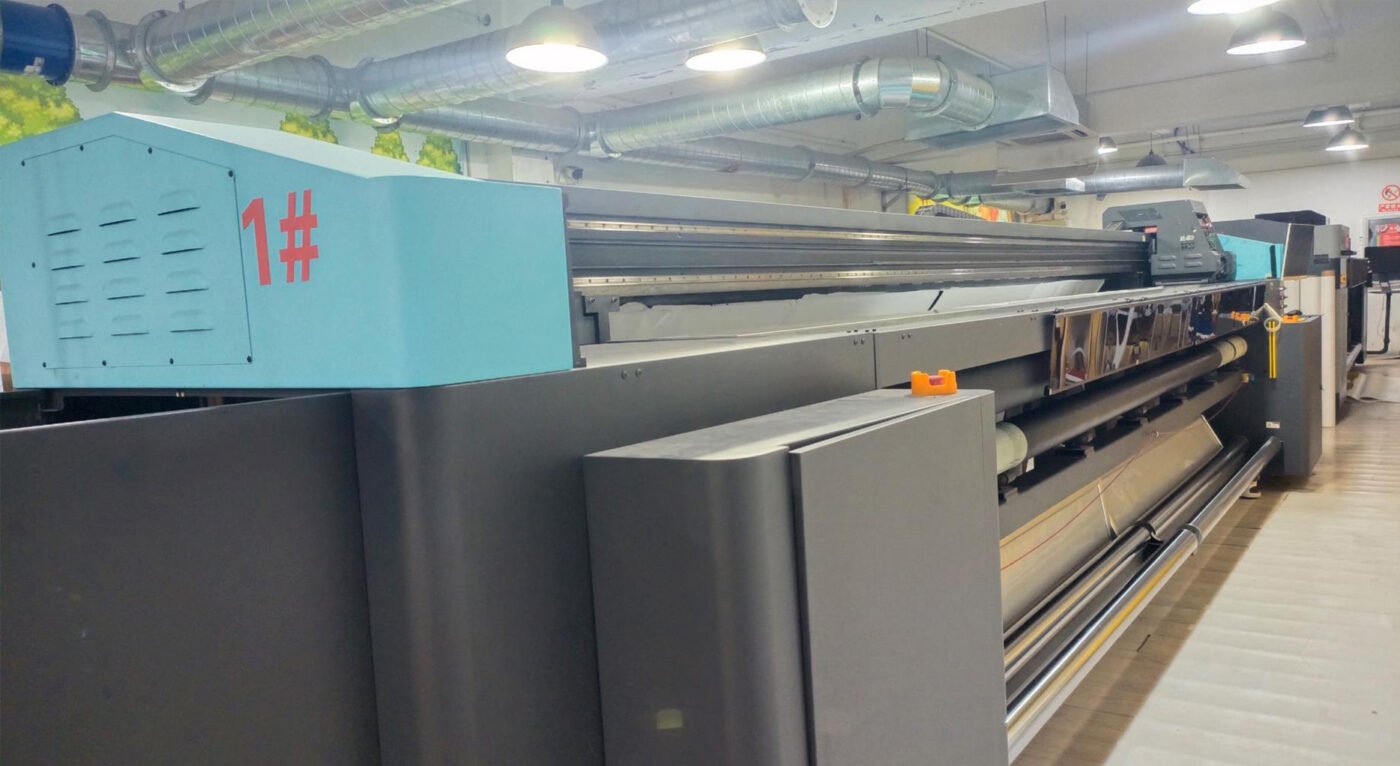
UV printing uses UV inks applied to the vinyl canopy with a UV printer. High-intensity UV LED lights cure the ink instantly, creating a strong bond with the material.
Advantages:
- High-Resolution Prints: Produces sharp, detailed images without smudging or bleeding.
- Durability: The instant curing process ensures long-lasting prints.
Considerations:
- Suitable only for vinyl canopies.
- Requires high-quality, high-resolution artwork.
Considerations Before Printing
Artwork Quality
High-quality artwork is crucial for achieving the best printing results. Ensure that your logo is in a high-resolution format, preferably vector files like .ai or .eps. These formats allow for scaling without loss of quality, which is essential for large prints on canopy tents. Acceptable formats include:
- PDF: Vector-based or at full scale with text converted to paths.
- JPG or .JPEG: Full scale, 150 dpi.
- AI or .EPS: With text paths and embedded imagery.
- PSD: Full scale, 150 dpi.
Color Matching
Using Pantone colors helps maintain brand integrity and ensures color consistency across different materials and printing methods. This consistency is vital for creating a professional and cohesive appearance.
Design Services
If you need assistance with preparing your logo for printing, consider utilizing professional design services. These services can help optimize your artwork for the best printing results, ensuring your logo looks its best on your canopy tent.
Conclusion
Printing your logo on a canopy tent involves several steps and considerations to achieve the best results. Whether you choose dye-sublimation, screen printing, vinyl printing, heat-press decals, or UV printing, each method has its advantages and specific applications. By ensuring high-quality artwork and proper color matching, you can create a stunning and durable canopy tent that effectively represents your brand. For businesses looking to make a significant impact at events, investing in professional printing services can provide the quality and consistency needed to stand out in a crowded marketplace.
